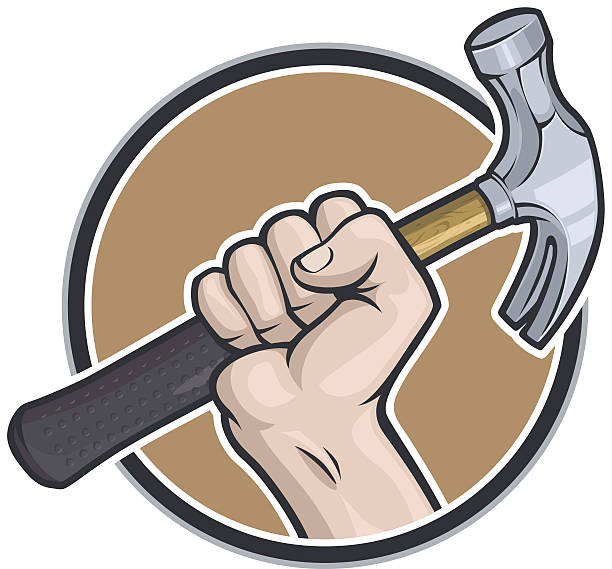The Materials
Great job on getting started with your shed project! Now that you’ve decided to build a wood-framed shed, it’s time to choose the best exterior material to protect it and make it look amazing. In this chapter, we’ll explore different siding options, such as plywood siding, wood lap siding, concrete lap siding (also known as Hardie siding), and metal siding. Let’s dive in and find the perfect exterior for your shed!
Plywood Siding: Affordable and Easy
Plywood siding is a budget-friendly option that’s easy to work with. It’s made from sheets of plywood, which can be painted or stained to give your shed a finished look.
Pros:
- Affordable: Plywood is less expensive than other siding options.
- Easy to install: You can cut and nail plywood siding directly onto the wood frame.
- Customizable: Paint or stain plywood siding to match your home or garden.
Cons:
- Less durable: Plywood can be prone to damage from moisture and insects, so it may require more maintenance than other options.
- Limited styles: Plywood siding doesn’t offer as many design choices as some other materials.
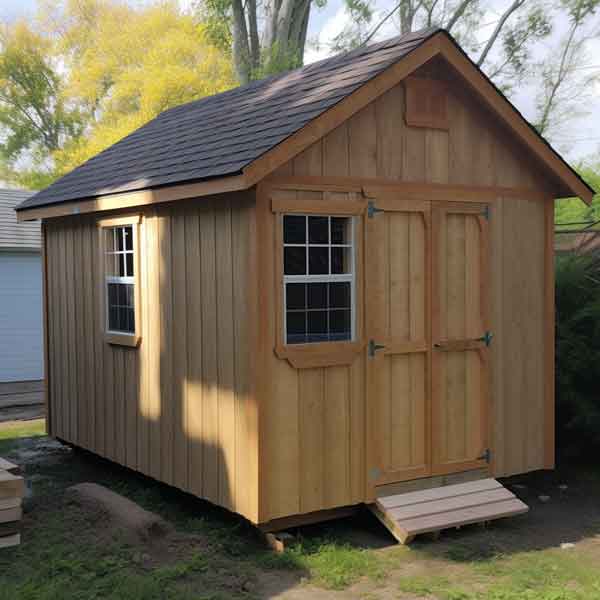
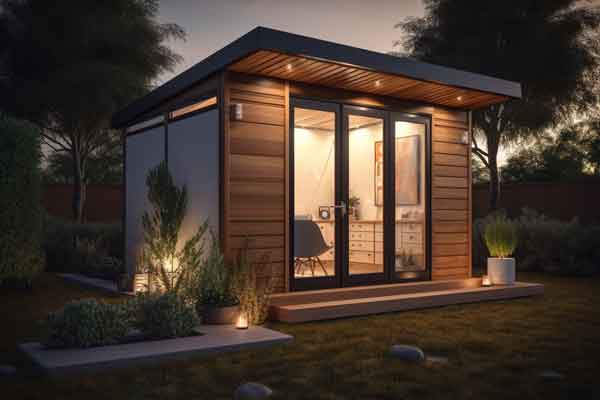
Wood Lap Siding: Traditional and Attractive
Wood lap siding is made from long, overlapping boards that create a classic look. It’s a popular choice for sheds because it’s both beautiful and durable.
Pros:
- Aesthetic appeal: Wood lap siding adds a traditional, charming look to your shed.
- Sturdy: This siding is more durable than plywood and can withstand harsh weather conditions.
- Customizable: Paint or stain wood lap siding to suit your taste.
Cons:
- Maintenance: Wood lap siding may require regular painting or staining to keep it looking fresh and to protect it from damage.
- Cost: This option can be more expensive than plywood siding.
Concrete Lap Siding (Hardie Siding): Low Maintenance and Long-Lasting
Concrete lap siding, also known as Hardie siding, is made from a mix of cement, sand, and wood fibers. This siding is known for its durability and low maintenance requirements.
Pros:
- Low maintenance: Concrete lap siding resists damage from moisture, insects, and fire, so it needs less upkeep than wood siding.
- Long-lasting: This material can last for decades without needing replacement.
- Variety of styles: Concrete lap siding is available in many textures and colors, allowing you to customize your shed’s appearance.
Cons:
- Cost: Concrete lap siding can be more expensive than other options.
- Heavier: This material is heavier than wood or plywood, which may require additional support in your shed’s framing.
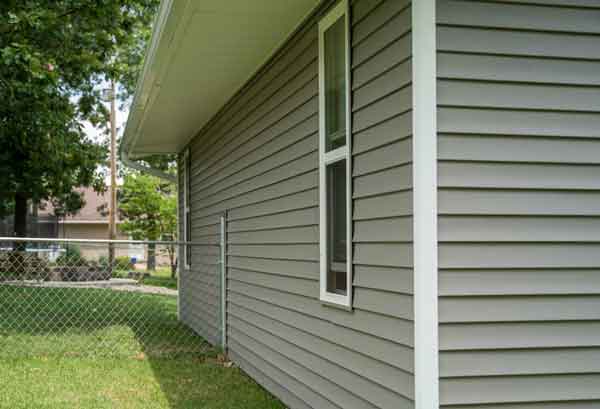
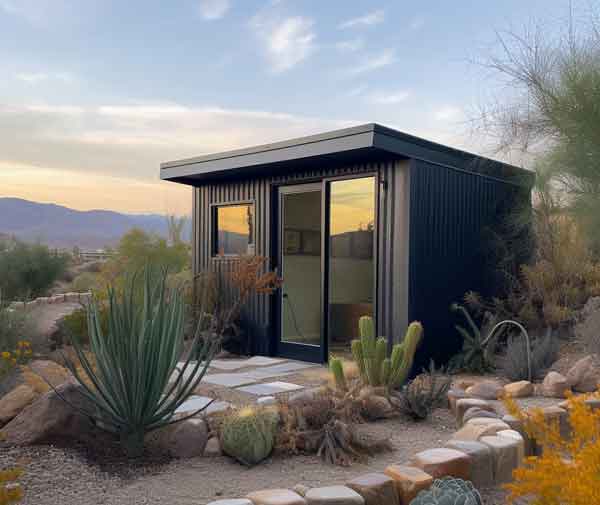
Metal Siding: Durable and Modern
Metal siding is a strong and low-maintenance option that can give your shed a sleek, modern look. It’s available in a variety of colors and styles.
Pros:
- Durability: Metal siding is resistant to moisture, insects, and fire, making it a long-lasting choice.
- Low maintenance: This siding doesn’t need painting or staining, so it’s easy to care for.
- Weather-resistant: Metal siding can withstand harsh weather conditions, including heavy winds and hail.
Cons:
- Cost: Metal siding can be more expensive than plywood or wood lap siding.
- Harder to customize: Changing the appearance of metal siding can be more difficult than working with wood or plywood.
When choosing the right exterior material for your wood-framed shed, consider factors like your budget, desired appearance, and maintenance requirements. Each siding option has its pros and cons, so take your time and pick the one that best suits your needs and preferences.
Chapter 3
Designing Yor Shed
chapter 4
Preparing Your Shed Location
chapter 5
Framing the Shed Floor

